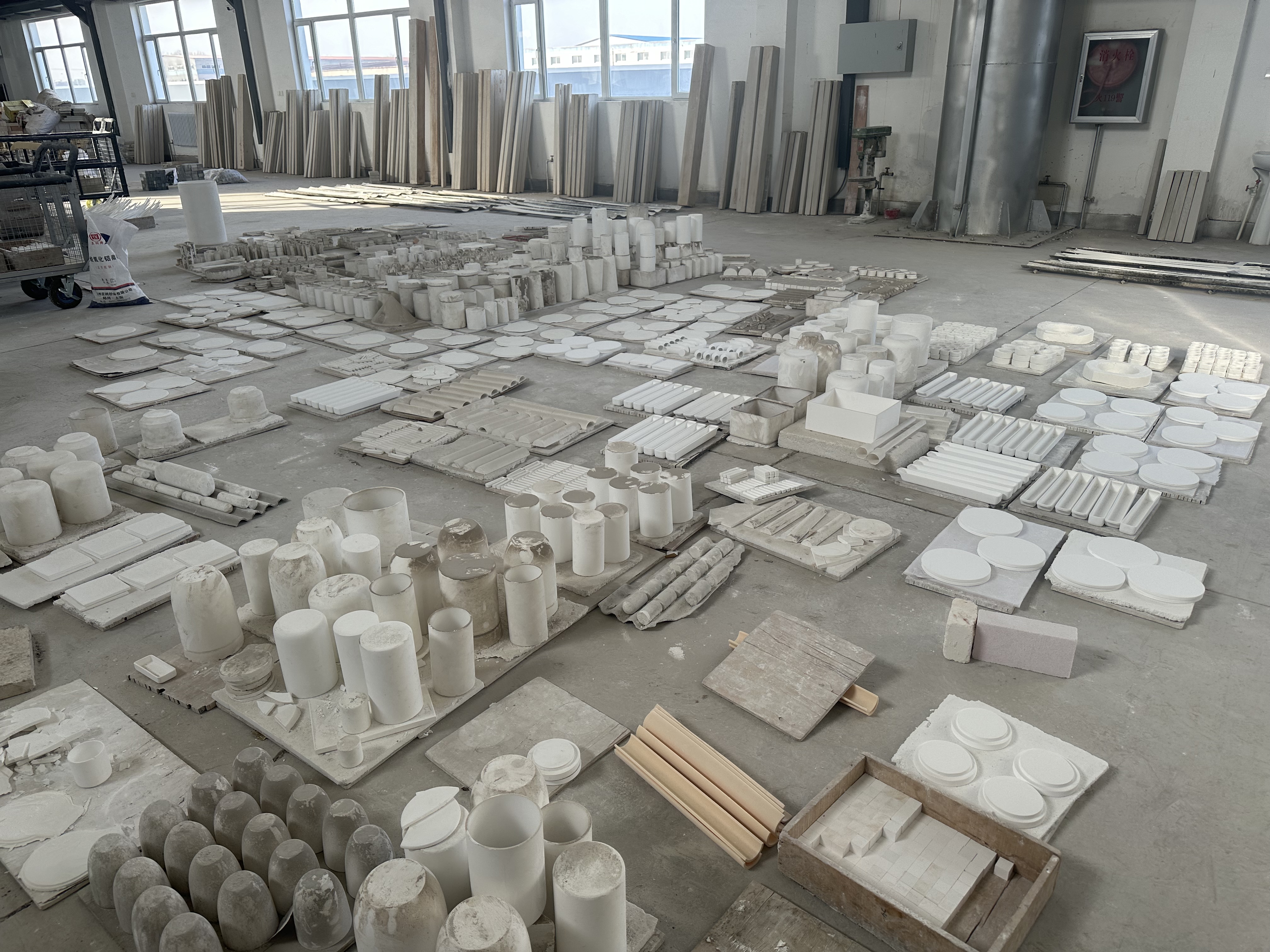Characteristics and industrial applications of alumina

Alumina, with the chemical formula Al2O3, is a compound of significant industrial value. From a physical property perspective, alumina is typically a white amorphous powder with a density of approximately 3.9-4.0 g/cm ³?, The melting point is as high as 2054 ℃, and the boiling point is about 2980 ℃. The hardness of alumina is relatively high, with a Mohs hardness of 9, which gives it excellent wear resistance. In addition, alumina has good insulation and thermal conductivity properties.
In terms of chemical properties, alumina is a amphoteric oxide that can react with both acids and bases. It has strong chemical stability at high temperatures and is not easily oxidized or reduced.
Alumina has a wide range of applications in the industrial field. Here are some specific uses:
Firstly, in the electrolytic alumina industry, alumina is the main raw material for producing metallic aluminum. By electrolyzing melted alumina, high-purity aluminum metal can be obtained.
Secondly, in the ceramic industry, alumina is used to manufacture various ceramic products, such as alumina ceramic cutting tools, ceramic crucibles, etc. Due to their high hardness and high temperature resistance, these ceramic products perform well in mechanical processing and high-temperature environments.
Furthermore, in the field of refractory materials, refractory bricks and refractory fibers made of alumina have excellent high-temperature resistance and can play an important role in high-temperature furnaces and kilns, protecting equipment and improving production efficiency.
In addition, alumina is also used for catalysts and catalyst supports. Its large specific surface area and good chemical stability enable it to effectively carry and promote chemical reactions.
Below is a table to more clearly demonstrate the application and characteristics of alumina in different industrial fields:
| Industrial sector | Application method | Main features |
| Electrolytic aluminum | Raw material | High purity requirements are the key to producing aluminum |
| Ceramic | Ceramic products | High hardness and high temperature resistance |
| Refractory material | Refractory bricks, refractory fibers | High temperature resistance and good stability |
| Catalyze | Catalysts and carriers | Large specific surface area and strong chemical stability |
In short, alumina plays an indispensable role in many industrial fields due to its unique physical and chemical properties, providing important support for the development of modern industry.

